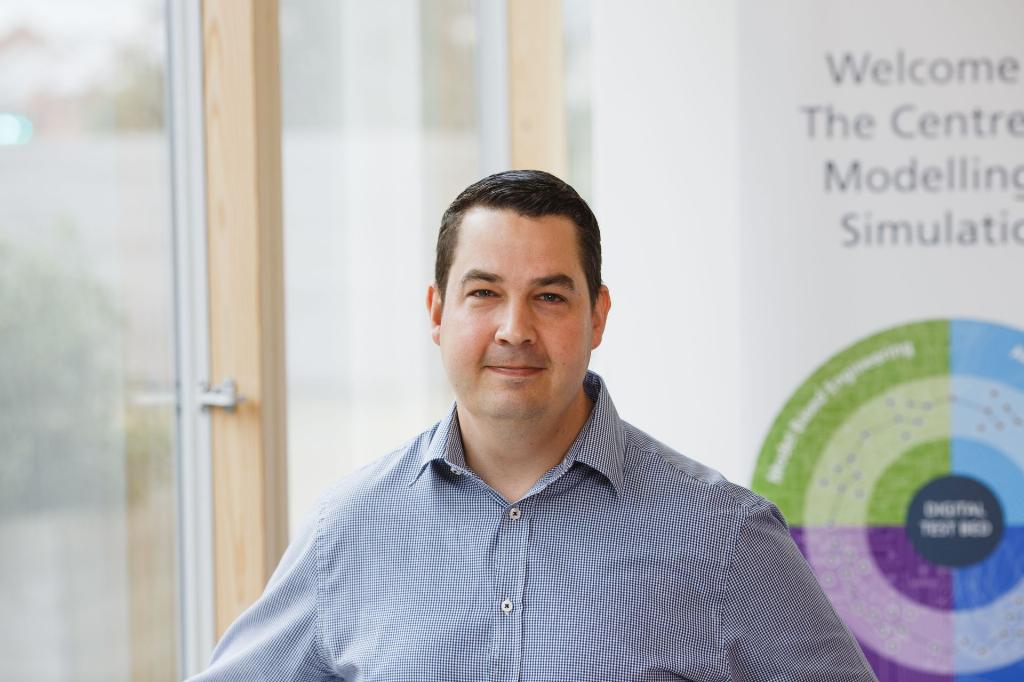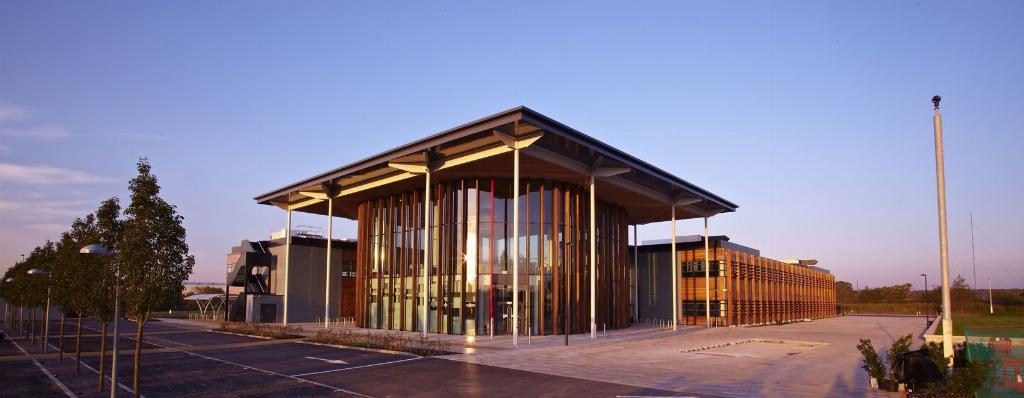Design optioneering

Guy Johns, from the Centre of Modelling and Simulation (CFMS) explains how market forces are driving the adoption of new design processes, and their possible impacts on manufacturing.
Today’s environmental challenges are focusing the energies of the aerospace industry to deliver more sustainable travel. Programmes such as Sustainable Aviation and Clean Sky are coordinating research into reducing CO2 and beyond to achieve the very lofty goal of net zero carbon emissions. The impact of Covid-19 on air travel is only fuelling the challenge, with calls to build an economic recovery with a low-carbon future.
To ensure the aerospace sector can continue to contribute to improving energy efficiency it must develop new, carbon-neutral platforms quickly, and the fastest route to greener flying is with digital engineering.

The move to digital has been a major change through the Covid-19 crisis, and digital engineering offers the opportunity to transform existing work patterns in aerospace development. Digitisation enables new design methods, processes and thinking that result in putting environmentally friendly aircraft into the skies faster.
The market need for sustainable aircraft is forcing the aerospace industry to re-think and prioritise conceptual designs that focus on sustainability and emissions over traditional performance and cost criteria. The traditional processes that create incremental improvements cannot deliver, thus CFMS has been pioneering new approaches to conceptual design using digital tools.
To show how these new tools could create better and more manufacturable designs, CFMS digital engineering teams have explored the feasibility of electrifying a light utility aircraft to improve its environmental characteristics. This class of aircraft was chosen because analysis of flight and emission data from Glasgow Airport showed that small, light aircraft are much more polluting in terms of emissions per passenger.
Elements of scale
Design optioneering has traditionally been used at component level design, on desktop computing infrastructure, to assess different configuration options for conceptual designs. However, in recent years, access to High Performance Computing has not only become more affordable, but also more accessible, hence the CFMS team posed some questions, can design optioneering be run on a massive scale? If so, can the whole system be included in the optioneering process? The answer to these questions is yes! CFMS chose a well-known, light utility passenger aircraft from the 1960s the Britten-Norman Islander to experiment with. The aim of the project was to compare the performance of new designs against the original, and measure improvements in the overall design-to-manufacture process time.
The aircraft is a lightweight, petrol-powered plane with a capacity of just ten people, including the flight crew. Its existing power plant consists of two engines, which give a maximum attainable range of 1,400km with five or six passengers. With efficiency in mind, the CFMS team saw this as an opportunity to show how digital engineering can progress sustainable aviation developments more quickly.
By automating the conceptual design process and using a high-performance computing facility, tens of thousands of different designs can be created and evaluated very quickly. All the different designs are compared against a range of criteria to provide shortlisted options.

Beginning with a set of flight profiles the CFMS team built a representative simulation model of the existing aircraft to verify its usage requirements, such as range, capacity, cost, and efficiency. This ‘system-level model’ was also verified against real-world performance data forming the benchmark design to compare all new design variations against.
The CFMS team used several methods to improve the existing design, from Computational Fluid Dynamics (CFD) to reduce the aircraft drag and optimise the existing wing profile, to Finite Element Analysis (FEA) to model the structural loads and stresses, finessing the structural design. This information further refines the system level model and this loop is automatically iterated until a final design is achieved.
To further speed up the design cycle, the CFD results were fed to an artificial intelligence (AI) method to accelerate the exploration of the design space and obtain optimised aerodynamic solutions in a shorter timescale and with considerably less computational resources. So, by using AI-enabled CFD, CFMS engineers improved the aerodynamic performance of an aerofoil by 15%. Such an improvement alone would have a significant impact on reducing emissions in future.
The automated exploration of the design space was achieved using Multi-Objective Optimisation (MOO), which utilises Design of Experiment (DoE) methods with Genetic Algorithms (GAs) to satisfy a set of objective functions and goals, such as minimising weight and drag whilst maximising range and speed. MOO can also include tangential characteristics, like the factory layout and emissions when using different production methods. The purpose is to find the best compromise between different goals, from simple structural ones (e.g. weight vs stiffness) to complex multi-disciplinary ones (e.g. stiffness versus cost versus weight versus production lead-time, etc).
Once the revised aircraft design is complete, digital engineering can then improve its manufacture by integrating real-world manufacturing data from Industry 4.0 systems and technologies. Combined with designs created for both optimised manufacturing and zero emissions, smarter production facilities can build more quickly, with less waste.
So, by using multiple aspects of digital engineering, such as design optioneering, AI, MOO and intelligent manufacturing, innovative organisations can accelerate development cycles and so bring sustainable and more manufacturable aerospace to the skies more quickly.











